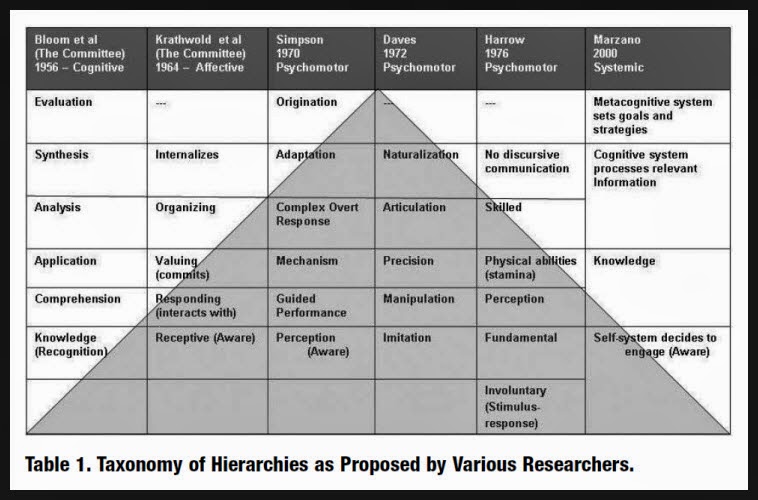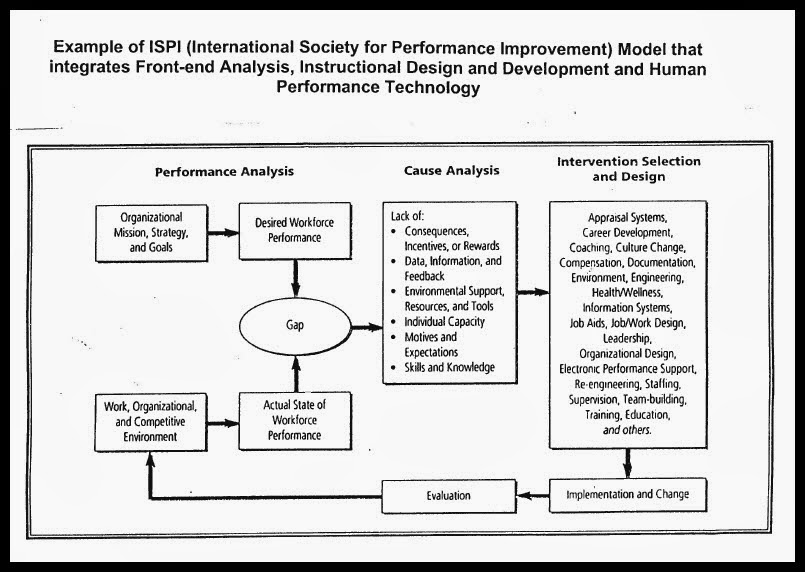 Class Session
Class Session Tuesday's class was very thought provoking due to its discussion of objectives. Specifically, Dr. Rob said it is very important for Instructional Designers and IDDE students to understanding and know how to write effective learner-oriented objectives. I am in complete agreement with this opinion; however, in conversation with Subject Matter Experts (SMEs) in other academic disciplines, I was told that learning objectives are considered a form of spoon feeding information to students and is frowned upon. This opinion is seemingly prevalent among scholars in academic disciplines outside of Education and IDDE. The challenge and goal for an instructional designer is demonstrating to SMEs that the use of learner-centered objectives are beneficial to both students and instructors.
Dr. Rob explained that objectives are useful on multiple levels:
| Students | Instructors |
|
|
|
|
|
|
 Final Thoughts
Final Thoughts
Emerging Trend
Increasingly, some researchers consider learning objectives ineffectual and obsolete. Thus, they are calling for a change in the taxonomies (Table 1) associated with learning objectives (Gander, 2006). A taxonomy of proficiency (Table 2) is suggested as a needed measure for determining learner "competency" and "continuing development" in relation to both academic performance and work-related performance (p. 12). With the growing socio-cultural and political connections between countries, due to globalization and technological advancements, Americans need to be proficient in broader areas and have a high level of skill-sets. Proficiency assessment is viewed as a needed measurement tool for 21st century growth and development needs.
- "Shows measurable growth over time
- Integrates complex skills into a whole
- Shows change as improvements in handling variables, while maintaining standards rather than mere completion" (p. 15).
In my opinion, I do not think learning objective are ineffectual or obsolete. They are very useful in guiding student in their academic studies.In terms of proficiencies assessment, this may be a useful tool for when student are engaged in project- or problem-based learning activities. The real world element of such type of learning activities, lend itself to the type of authentic assessment Gander and other scholars are call for in the field of taxonomy studies.
__________________________________________
Reference
Gander, S. L. (2006, March). Throw out learning objectives! In support of new taxonomy. Performance Improvement, 45(3), 9-15. doi: 10.1002/pfi.2006.4930450304.
Images
(2012). Objectives. [Web Graphics]. Retrieved from http://thecampuscareercoach.files.wordpress.com/2012/10/career-objective-resume.jpg
(n.d.). Random thoughts. [Web Graphics]. Retrieved from http://www.internetmonk.com/wp-content/uploads/random-thoughts.jpg












